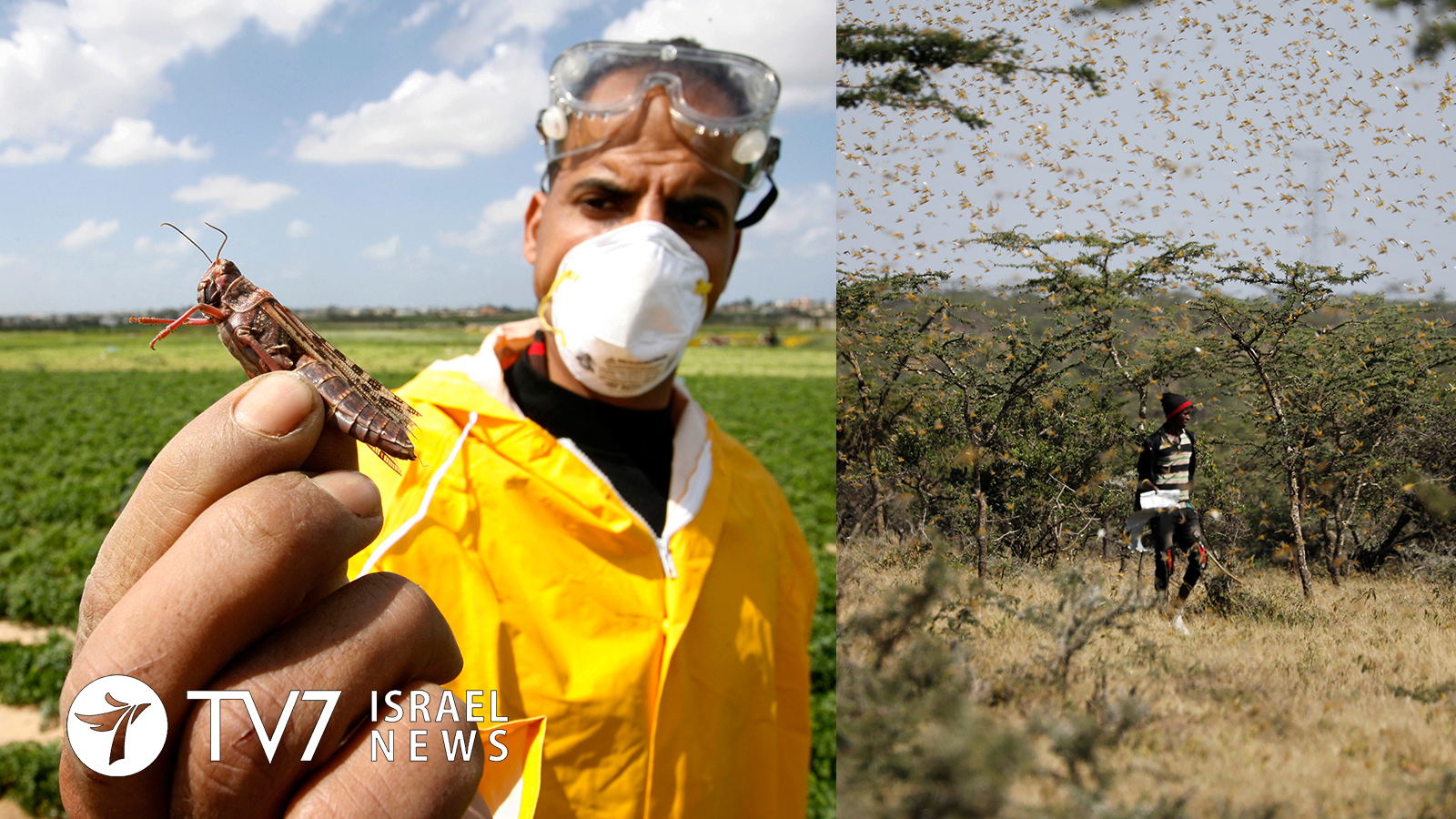The Desert Locust situation continues to improve in Southwest Asia and there are initial signs of improvement in parts of East Africa, according to the United Nations Food and Agriculture Organization (FAO).
The latest update from the FAO’s Desert Locust Information Service (DLIS) reports that there are still small infestations in the Lasbela Valley west of Karachi in Pakistan, and recommends that intensive surveys be maintained along the Indo-Pakistan border to discover any sign of 2nd-generation breeding.
The situation “remains calm” in the summer breeding areas of the northern Sahel from Mauritania to western Eritrea, say experts. Locust numbers are expected to remain low with little possibility of “significant developments,” despite rainfall and even flooding in several sectors.
The locust situation remains serious in Yemen and other areas of the Horn of Africa, however.
Limited control operations were undertaken in some areas of Yemen, where hopper bands and swarms continue to be present in the interior and are spreading to coastal areas in the south and on the Red Sea.
The “developing situation” on both sides of the Red Sea is being monitored closely amid ongoing concern that deterioration can result from swarm breeding believed likely to take place on Yemen’s coastal plains, as well as those in Eritrea and Saudi Arabia. Heightened swarm breeding is also feared in Sudan due to rainfall this month and in early August.
The DLIS reports that in East Africa, only a few immature swarms remain in northwest Kenya where aerial control operations continue to be deployed. A 3rd-generation of breeding is likely to commence in October, but it is expected to be limited by what is forecast to be below-normal rainfall.
Numerous hopper bands created by “substantial breeding” have been detected in northeast Ethiopia, mainly in the Afar region. Scientists believe new swarms are likely to form in the coming weeks despite ongoing aerial control operations.
Aerial control operations using biopesticides are making good progress against immature swarms in Somalia on the northern plateau in Somaliland and Puntland, although an increasing number of adult groups were found in the central region of Galguduud this past week.
Meanwhile in Southern Africa, the Republic of Namibia has been hit by the second outbreak this year of the African migratory red locust. Agriculture Minister Calle Schlettwein said that 4,002 square kilometers have been invaded, and that some 500 hectares of grazing land in the northeast of the nation have already been destroyed. According to his statement, an estimated N$ 30 million Namibian dollars ($1.77 million) is urgently required to obtain sufficient resources to contain the spread and enable aerial spraying.
At least 19 areas in the fertile Zambezi region – which borders Zambia, Zimbabwe, Angola and Botswana -have been struggling to cope with the outbreak since 12 August. The first major locust surge was in February. Schlettwein said that aerial spraying in some of Namibia’s neighboring countries was responsible for driving the locust into his nation, which has yet to undertake such operations.
The large, red locust derives its name from the brilliant color of its rear wings, with a customary habitat is in sub-Saharan Africa. The species breeds prolifically in conditions created by rain and rapid vegetation growth that follow periods of drought.
— By Erin Viner
